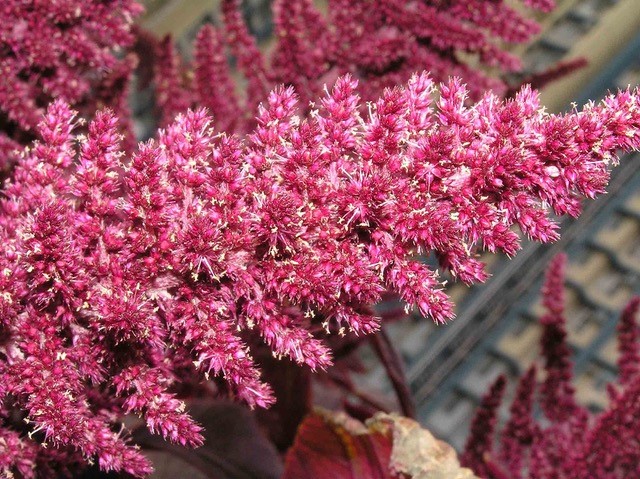With such a variety of uses, amaranth has been identified as a crop with significant growth potential for Australian farmers and, with strong global demand, the future looks bright. The popularity of gluten-free staples and superfoods boosted the global value of amaranth to more than AUD $7.8 billion in 2017. While Australia’s own amaranth industry was estimated to be worth $2 million in the same year, industry experts predict that the gross value product potential is in excess of $10 million.
Perspective Important for RD&E Plan Success
With the aim of accelerating industry growth over the next five years, AgriFutures Australia has recently invested in the establishment of a dedicated research, development and extension (RD&E) plan to determine the potential for amaranth. The plan includes scoping activities to inform stakeholders across the Amaranth value chain about market and investment opportunities.
“Industry stakeholders, corporations and government agencies will be able to determine future support on an industry-endorsed and cohesive RD&E Plan,” said Tom McCue, AgriFutures Australia’s Senior Manager, Emerging Industries.
Development of the Plan is being led by Tony Eyres from agriculture advisory Rounding Up who said that the resource will be a “commercially-centred, strategic and industry-owned plan that meets the market needs for consumers and, more importantly, growers.”
“We are looking to expand sector knowledge about the benefits and applications of amaranth to create a pathway that will increase industry gross value product from $2 million to more than $10 million,” he said.
Mr Eyres said that the input of current or future stakeholders in the amaranth value chain was critical in developing a successful roadmap for the industry.
“We need to capture the input of all perspectives in relation to amaranth including its various end uses such as grain, as a leafy vegetable, pasture for livestock and as a garden plant, and throughout the value chain from research and agronomy through to growers, processors and consumers.










